Duesenberg Model J (1928-1937)
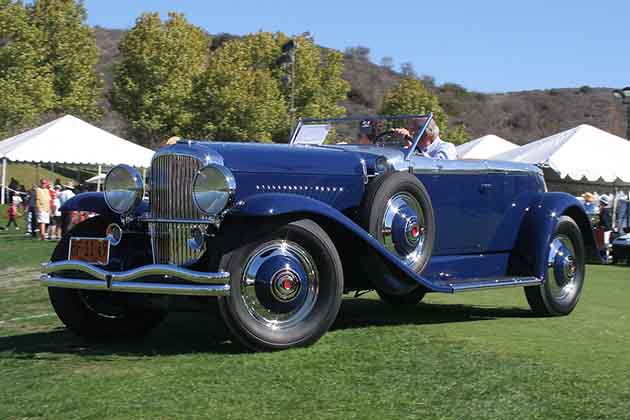
You may not have heard of the Duesenberg Model J. If you notice those years, you'll realize why. It was released the year before the Great Depression began. Assembled in Indianapolis, this was the original luxury car and a status symbol for wealth. It was favored by the rich and famous like Al Capone, Howard Hughes, Clark Gable, William Randolph Hearst, King Alfonso XIII of Spain, and the Wrigley family.
Tucker 48
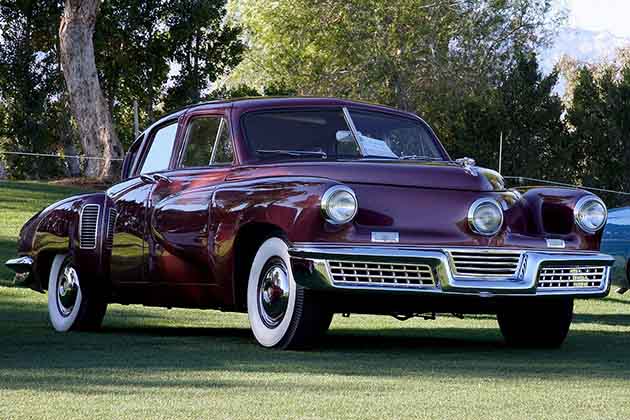
The Tucker 48 pioneered many car features in American, such as rear-wheel drive and headlamps that turned with the front wheels to illuminate around curves. The windshield was shatterproof, and a roll bar was integrated into the roof. Assembled in Chicago, only 51 were made before the company was shuttered because of an SEC investigation.
Buick GNX
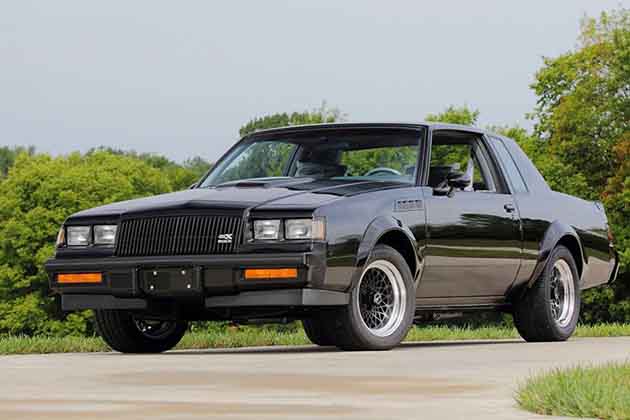
This rare version of the Buick Regal only had 547 produced. The GNX was a limited edition "Grand National Experimental (GNX)" that was a partnership with British sports car maker MacLaren. Its powerful engine was rated at 300hp and 420 lb-ft of torque. It's blacked out aesthetic and large front grille earned it the nickname "Darth Vader's car" or the "Dark Side," in contrast to Mustang and Camaro competitors. It was assembled across 7 American factories, primarily Flint, Michigan.
Oldsmobile Futuramic 98 Convertible
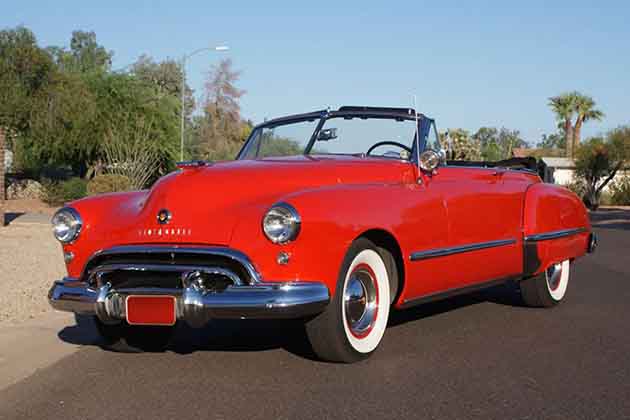
Assembled throughout the U.S., mainly South Gate, California, the third generation of the Oldsmobile 98 was termed the Futuramic 98 since its styling was based heavily on the Futuramic styling concept. The sleek design proved immensely popular, and the 98 sold a record number of models during the first year of the new design's release.
Chevrolet Suburban

The Chevrolet Suburban is the longest continuously used nameplate of a model still in production. It dates all the way back to 1935. Even though it has transitioned from a wagon design to a truck-based design, you can see (even in its earliest renditions) why it has maintained its popularity as a family mover.
Shelby Mustang GT350 (1965)
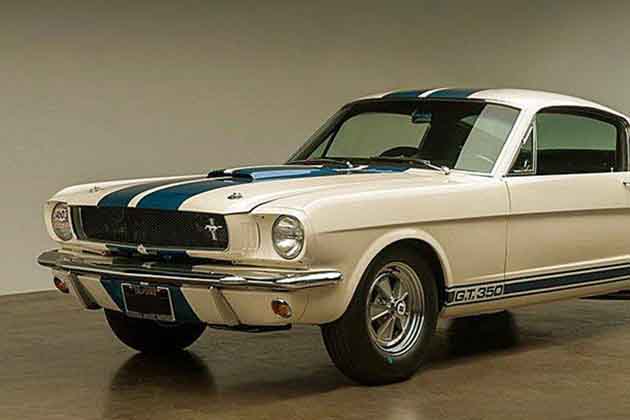
Assembled in Los Angeles by Shelby American, the Shelby Mustang GT350 was a Mustang-based racing car. The two-seater wasn't built to provide comfort on a long road trip. This was a fully race-oriented machine complete with "Le Mans" stripes.
Auburn Speedster

The Auburn Speedster was the first of its kind in 1935. From Auburn, Indiana, its classic design was copied for years by other automakers (including the Chevrolet Corvette Stingray and the Buick Riviera). It was designed to be a racing performance roadster with the luxuries of a "closed cabin" car.
Chevrolet Camaro 1LE (2017)

The Chevrolet Camaro 1LE from 2017 had some cosmetic differences. But the reason that it's really on this list is that it delivered a racing-quality driving experience for under $45,000! That incredible price range makes this a racing car for the masses.
Willys MB
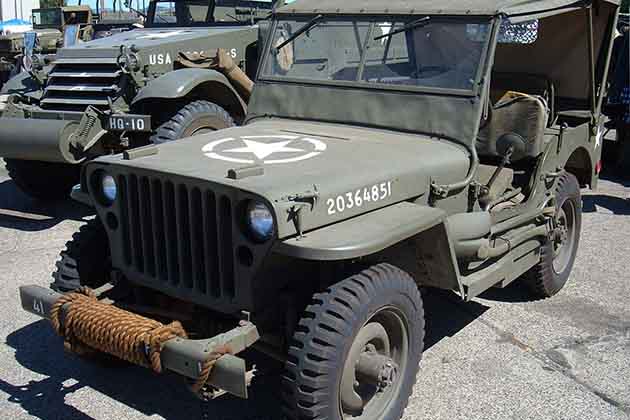
The Willys MB wasn't available to the masses. In fact, it was an off-roading, light utility military vehicle used in WWII and the Korean War. Its success preceded a commercial model that we're sure you can spot just by looking at the Willys's design: the modern Jeep.
Pontiac GTO
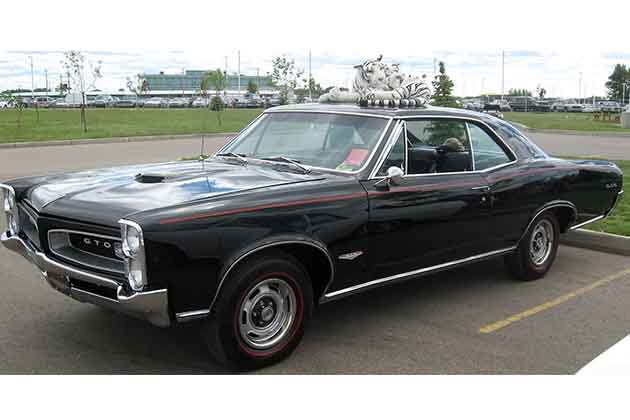
The Pontiac GTO wasn't the first muscle car introduced, but the success of this model is considered to have started the pony/muscle car wars of the 60s and 70s. (We don't speak of the 5th generation compact car version.)
Chevy Bolt
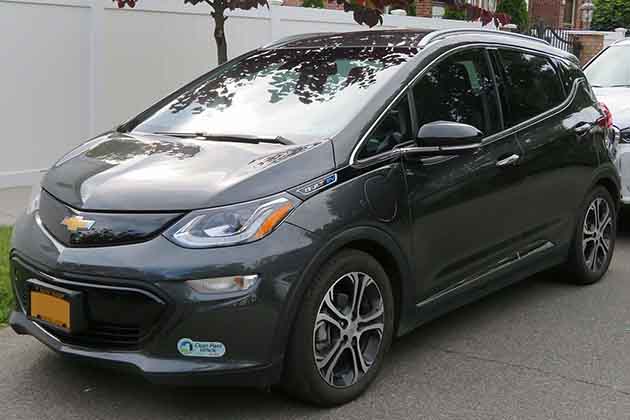
The Chevy Bolt wasn't the first electric car in the U.S. It wasn't even the electric car with the longest range when it came out. But it was the first affordable (around $32,000 after federal incentives) electric family vehicle that went over 200 miles (238 to be exact) on a single charge. That's far enough to remove any range anxiety and a much cheaper price than a Tesla.
Ford F-Series (F-150)
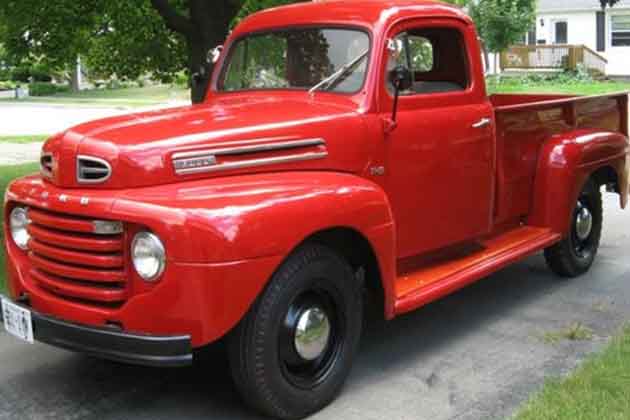
It shouldn't be a surprise to see the Ford F-Series on this list. When people think of American cars (particularly if they are from outside the U.S.), they think of a truck. And this truck has been the #1 selling vehicle (yes, topping all cars and SUVs) since 1986.
Buick Riviera

The Buick Riviera was General Motor's first stab at the personal luxury car market. Its popularity led to a 36-year lifespan and even a resurrected 2013 concept vehicle. One prominent design feature is the famed "Coke-bottle styling," a taper at the middle of the vehicle.
Chevrolet Impala

The Chevrolet Impala is the Bow-Tie brand's flagship passenger car. While it took two short breaks in production (in the late 80s and late 90s), it has always been one of Chevy's most popular sedan offerings. Even as many other automakers abandon sedans for crossover SUVs, Chevrolet is keeping the Impala, at least for now.
Ford Model T
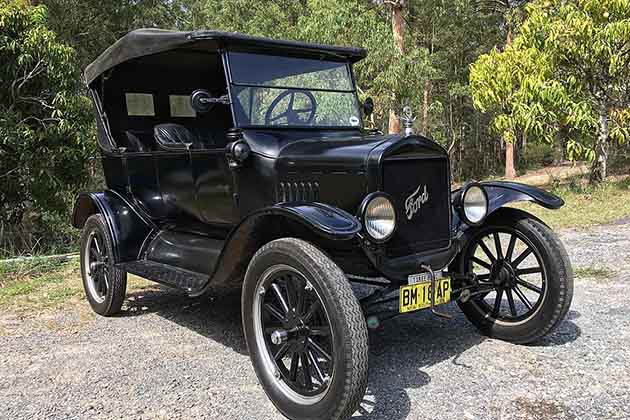
It's the granddaddy of all automobiles. The Ford Model T was the first affordable, mass-produced car that brought personal automobiles to the middle-class. Even though we've moved well beyond this design, the Model T is still one of the most influential cars of all time!
Packard Clipper
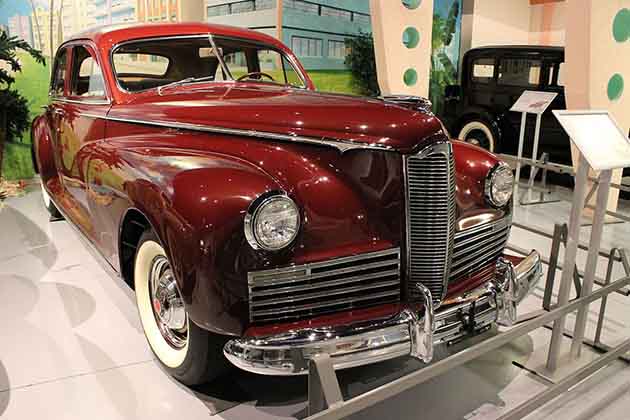
The Packard Clipper's styling is iconic even to this day. As one of the first production cars to feature a full envelope body, the Clipper was extremely wide. In fact, it was wider than it was tall! It was a victim of poor timing, however, as it was introduced just as the US entered WWII. Later tries to produce and market this mid-priced model were seen as "diluting" the luxury image of the Packard brand.
Chevrolet Corvette L88 (1967)

The 1967 Chevrolet Corvette Sting Ray was the last of the C2 Corvettes, but it remains one of the most lauded models in the storied history of this All-American car. The L88 engine in this year's model was about as close to race ready as Chevy could be. The Stin Ray was one of the most universally praised vehicles for its handling and power.
Chrysler Minivans

Chrysler's minivans (the Dodge Caravan and Plymouth Voyager) were introduced in 1983 as a 1984 model. With the debut, they basically invented the soccer mom. This family hauler was standard fare for the suburbs until the tides recently turned toward SUVs. Still, the Dodge Caravan was one of the top 30 most popular models in the U.S. last year.
Cadillac Eldorado Brougham
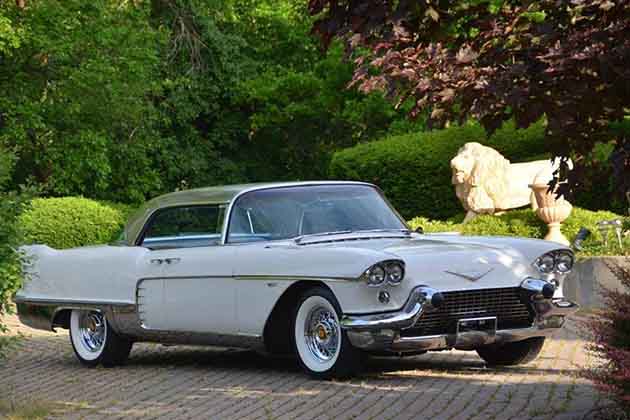
The 3rd generation of the Cadillac Eldorado Brougham brought the famed "chipmunk cheek" design along with prominent shark fins. Two years into the 3rd-generation design, the tail fins became (looking back on them now) almost comically exaggerated. Yet, this design is still what comes to mind when we think of "Space Age" cars.
Lincoln Continental
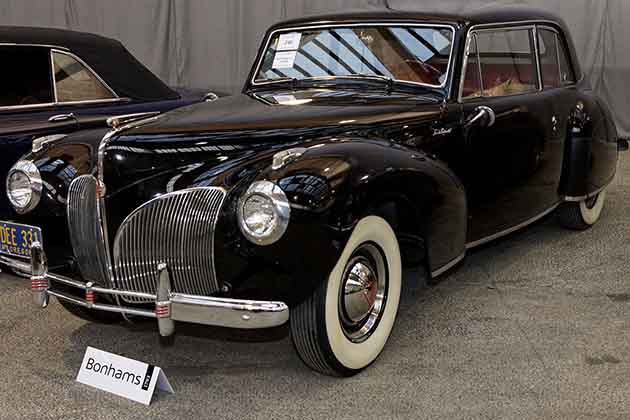
The Lincoln Continental has been produced off and on since 1939. When it launched in 1940, it ushered in the era of the "personal luxury car." It was noted for its emphasis on style and design as opposed to handling or drivability. The 1941 design features that famous rear spare tire integrated into the vehicle.
Chevrolet Bel Air
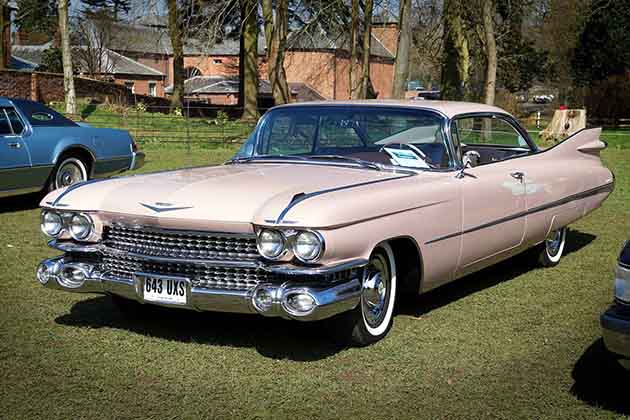
Like the Cadillac Eldorado, the Chevrolet Bel Air featured large tailfins during its prime third and fourth iterations. The second generation was termed the "Hot One" in ad campaigns and was noted for its Ferrari-similar front. By its eighth generation, the market turned away from full-size sedans took its toll on the Bel Air.
Ford GT

The Ford GT was launched as a 2005 model and harkens back to Ford's historic GT40 that won the famed Le Mans car race four years in a row. It's a two-seater mid-engine sports car with 647 horsepower and 550 lb-ft of torque. It can go 0-62 mph in 3.8 seconds. All those racing chops don't come cheap, however.
Oldsmobile "Rocket" 88
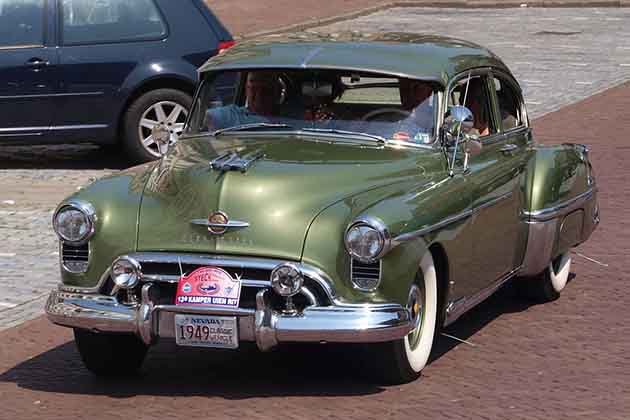
The Oldsmobile 88 was a small, lightweight car with a V8 engine. That, of course, was a winning combination and led to large sales. The "Rocket" V8 engine made it one of the first muscle cars available and it remains a symbol of the Rock 'N Roll era to this day.
Jeep CJ-8 Scrambler (1981-86)
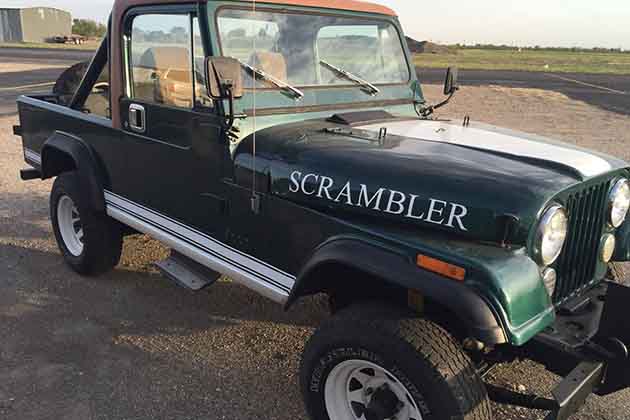
The Jeep CJ-8 Scrambler, from 1981-86, featured a removable half cab, common of the Jeep Wrangler family. With its longer wheelbase, however, this effectively turned it into a pickup truck. It remained a design daydream for Jeep enthusiasts until 2019 with the release of the Jeep Gladiator, a true mid-size truck.
Cadillac Coupe De Ville
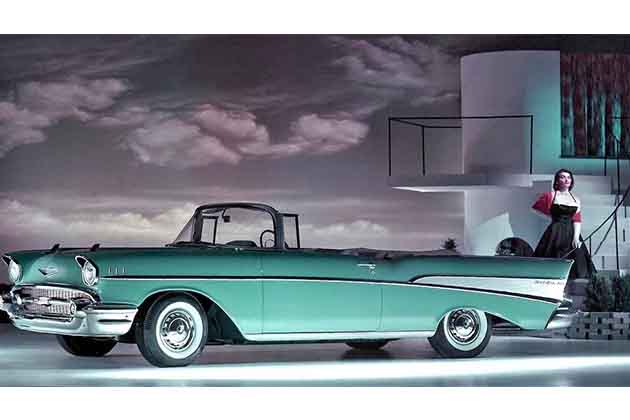
The Cadillac Coupe De Ville was noted for its distinctive tailfins. The De Ville was a long-time model for Cadillac that lasted from 1958 until 2005 when it was renamed according to the brand's Art & Science-era naming system. Throughout its many redesigns, it always retained a long and low profile.
Ford Torino

The Ford Torino started as an intermediate-sized version of the Ford Fairlane, but eventually, it came to overshadow the Fairlane. The Torino was the base for Ford's NASCAR entrants. While there were hardtops and station wagon models, the sports-performance models are what remain in buyers' minds.
GMC Syclone (1991)
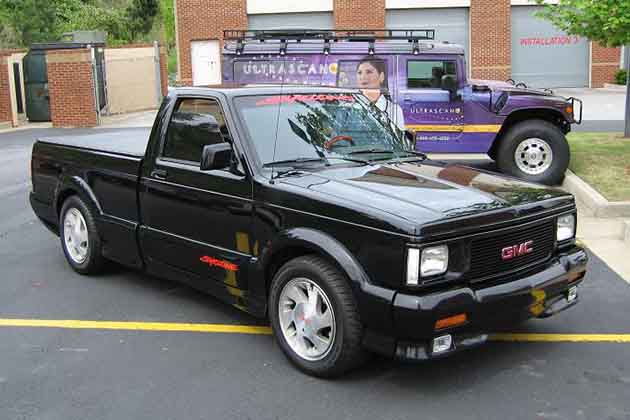
Does anyone need a high-performance truck? Not really. But thanks to the GMC Syclone (basically a sporty Sonoma), this truck featured a turbocharged 6-cylinder engine and all-wheel-drive. It was basically a Corvette in a truck body. It was only produced in 1991 and remains a favorite of car collectors.
Dodge Viper
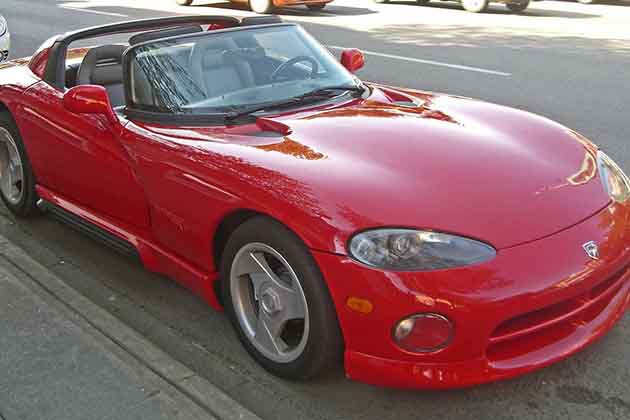
The Dodge Viper has the distinction of being one of the "Most American" cars that was manufactured in the 2010s. Before it was shuttered in 2017, studies showed that over 75% of its parts were manufactured in the U.S. The two-seater racer never sold in high numbers, though, due to its high price tag. It barely cracked 1,500 a year at its peak.
Tesla Model S

Though it wasn't the first electric car, the Tesla Model S showed that purely electric vehicles could be marketable and successful. It also has the longest range of any electric car in production. As of April 2019, the Model S Long Range can travel around 370 miles on a single charge. It's the second-best-selling electric vehicle model of all time (behind the Nissan Leaf).
Ford Model 18

The Ford Model 18 was the first Ford to be outfitted with its flathead V8 engine, a staple of hot rods in the 1950s. It was the first mass-produced (and therefore low-priced) model to feature a powerful V8 engine. There wasn't a single specific plant that manufactured the model, therefore has been assembled at nearly 32 of Ford's US plants.
 Author
Ron Winkler
Last Updated: December 01, 2025
Author
Ron Winkler
Last Updated: December 01, 2025